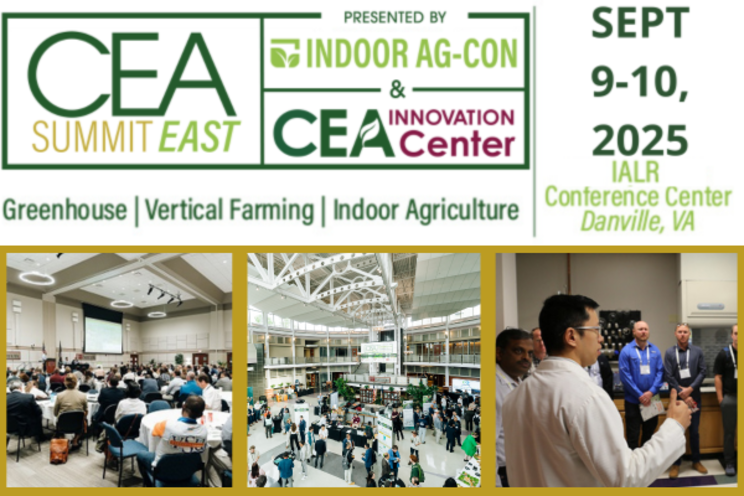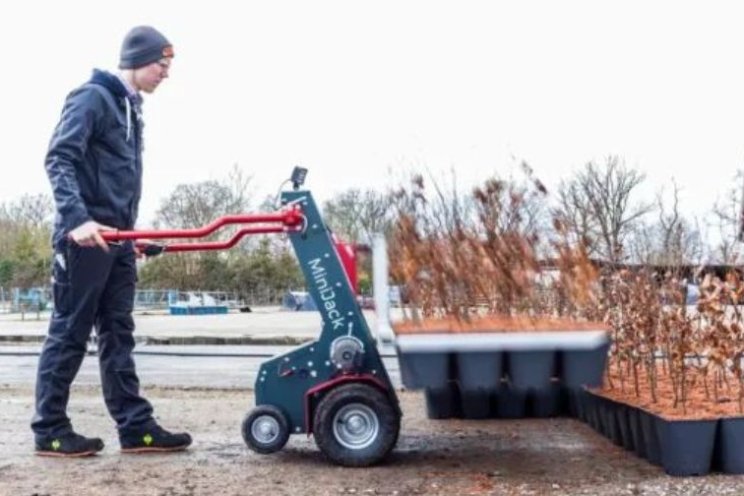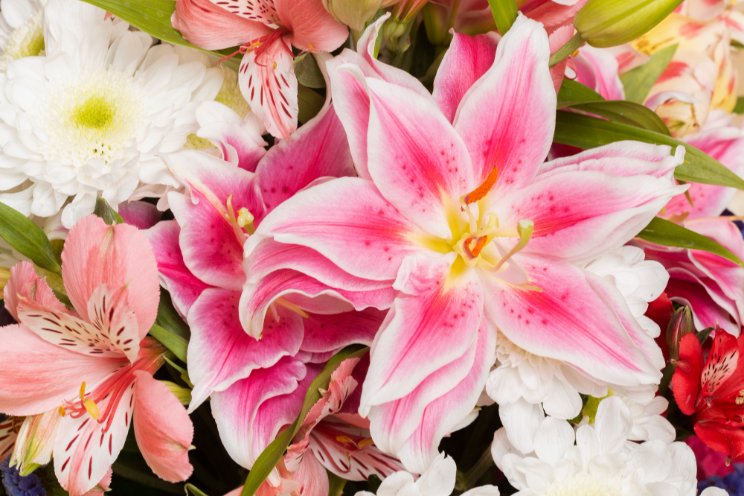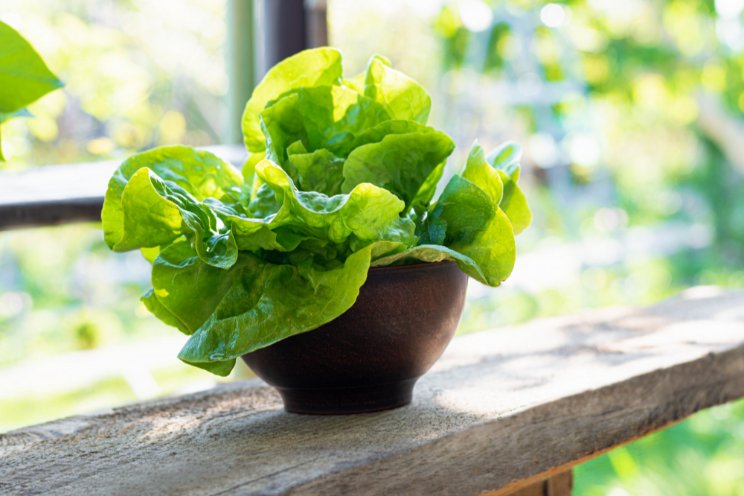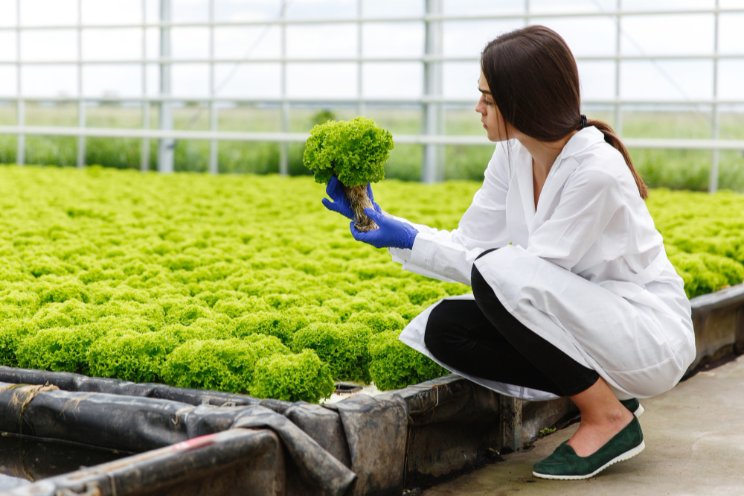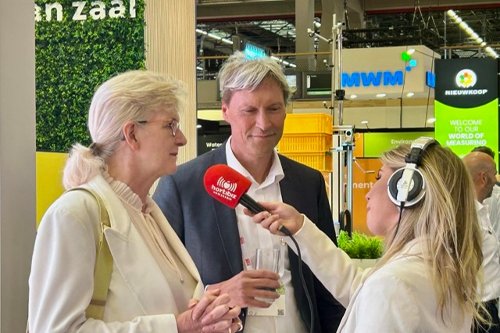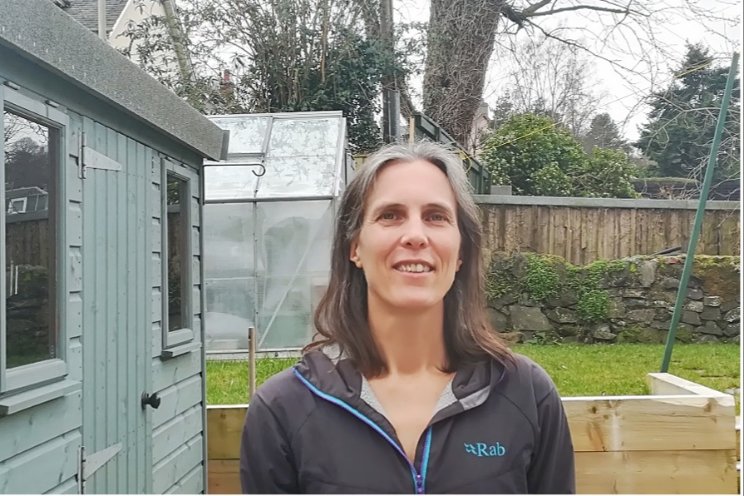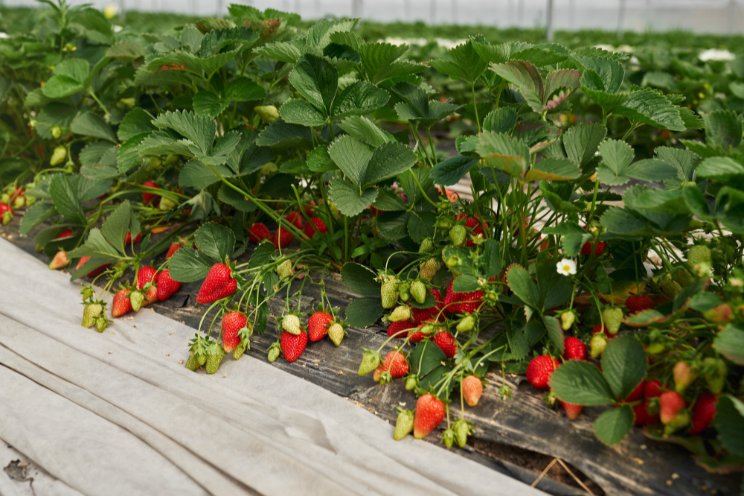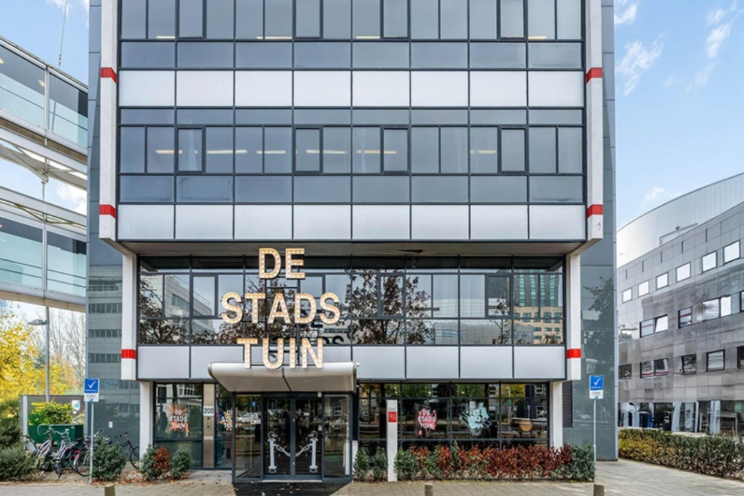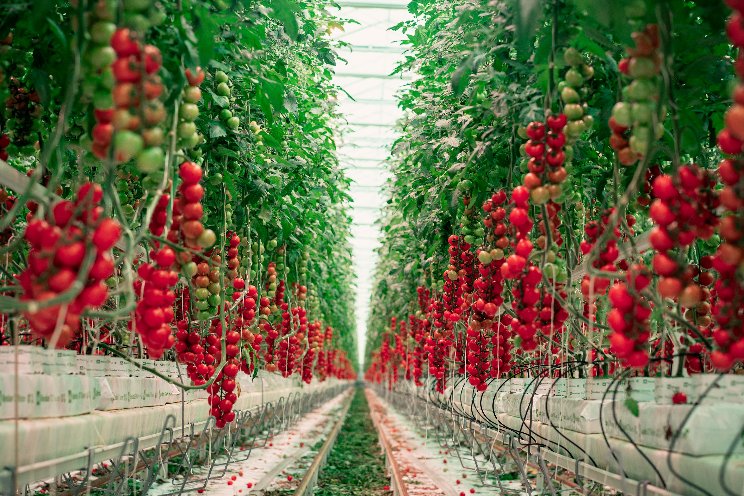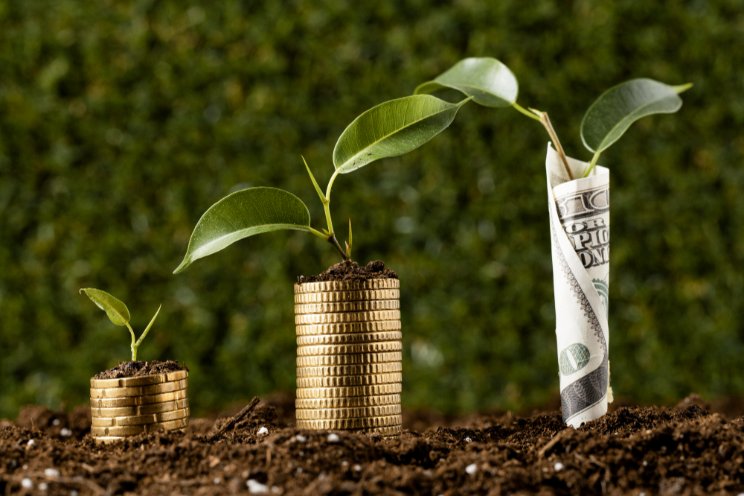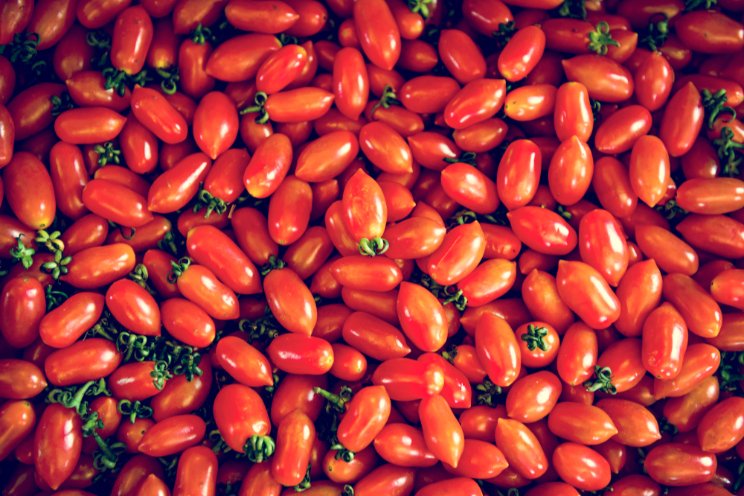Circular design helps LED grow lights deliver on green potential
Added on 03 October 2022

Indoor farming has been championed as a viable solution for the global food and climate crisis. The vital role of LED grow lighting in controlled environment agriculture (CEA) offers growers several benefits, including a reduction in long-term operational and capital expenditures, improved energy efficiency, and an extended operating life. However, the industry also needs to focus on engineering horticultural products for greater sustainability and circularity, urges Simon Deacon, the founder and CEO of Light Sciences Technology (LST), my current employer.
The circular economy and the benefits
According to the Circularity Gap Report 2022 by the Amsterdam-based organization Circle Economy, the circular economy accounts for 8.6% of the world economy. In 2018, this number was 9.1%.
While the circular economy isn't a new concept, it offers a solution that addresses issues of increasing concern, such as climate change, landfill waste, and resource extraction and scarcity. A circular economy can also reduce energy use and expenses, freeing up capital to access new markets and helping to ensure a steady, continuous supply chain for industries and companies. By recovering resources via recycling, composting, or remanufacturing, organizations can pump value back into their bottom line.
Photo by ThisisEngineering RAEng on Unsplash
Source: LEDs Magazine
More news


